Tag: Featured
-
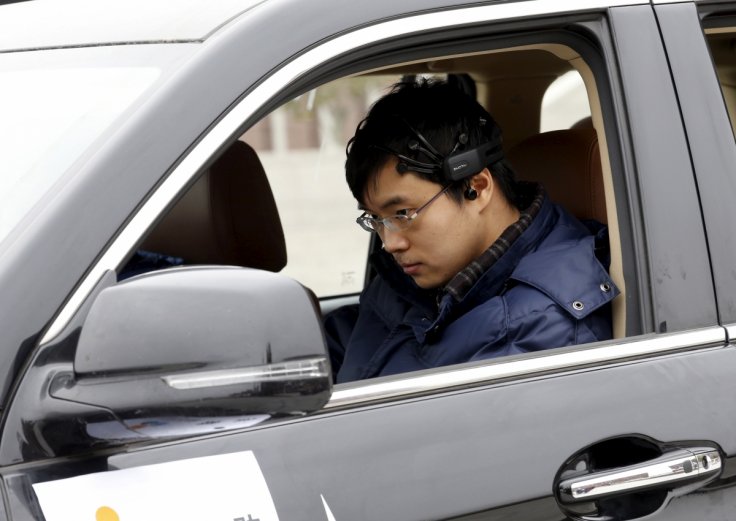
EEG device enables thought controlled car
Duan Feng of Nankai University, in collaboration with Great Wall Motor, has developed a car that can be controlled with the brain. A 16 sensor EEG device allows a driver to move the car forward and backward, stop, and lock and unlock the vehicle. At this point, fully operating the car with thoughts is not possible. According…
-
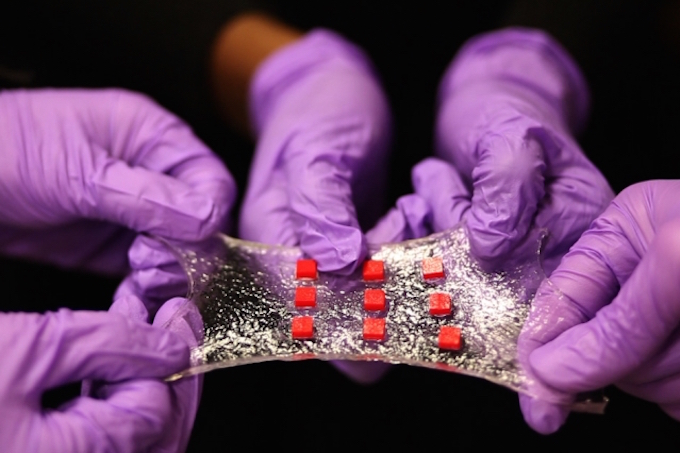
Flexible hydrogel bandage senses temperature, releases medicine
MIT’s Xuanhe Zhao has designed a bandage that releases medicine in response to changes in skin temperature. It can be programmed to light if wound attention is required, such as when medicine is low. The flexible, gel-like material incorporates temperature sensors, LED lights, other electronics, and tiny, drug-delivering reservoirs and channels. Zhao believes that hydrogel coated…
-
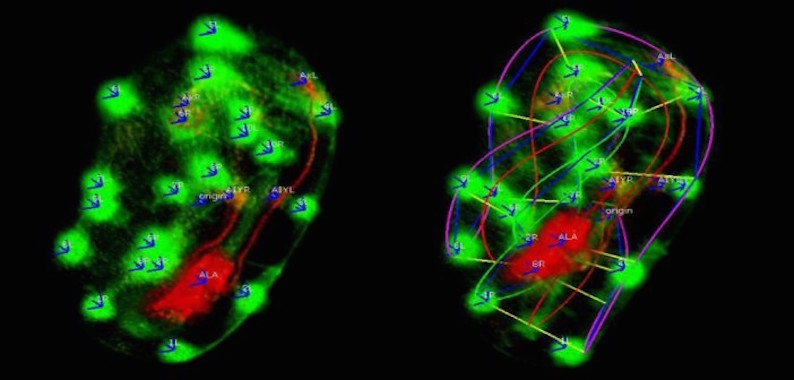
Toward embryo brain activity tracking
Hari Shroff and NBIB colleagues have developed open-source 3D software that might lead to the ability to track a human embryo’s brain activity and development. To date, the technology has only been tested on worms and will be part of a 4D neurodevelopmental “worm atlas” that attempts to catalogue the formation of a worm’s nervous system. Shroff believes…
-
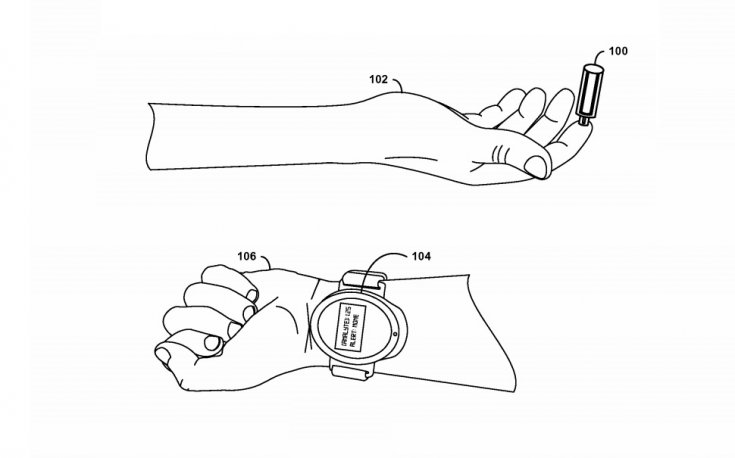
Needle-free blood draw + smartwatch
Google has filed a patent for a “needle-free blood draw” system that could be incorporated into a wearable. The filing describes a machine that sends a pulse of gas into a barrel containing a “micro-particle” that can puncture the skin and draw a small drop of blood. This could dramatically improve the management of diabetes, and continues…
-

VR game to combat anxiety
Games designed to improve attention and memory are growing rapidly. Now the neurogaming movement is tackling panic and stress. Deep is an Oculus VR based game by Owen Harris that is meant to relieve symptoms of anxiety. The headset, headphones, and a belt that matches a player’s breathing with on-screen movements, are used to encourage breathing…
-

Wearable, home, school sensors + app predict asthma attacks
ApplySci is pleased to report another sensor-based initiative to combat asthma. Alex Bui and colleagues from UCLA and USC are creating technology for smart phones and watches to identify asthma attack triggers. The program is part of the National Institute of Biomedical Imaging & Bioengineering’s Pediatric Research using Integrated Sensor Monitoring Systems initiative. The platform will transmit data to a phone from…
-
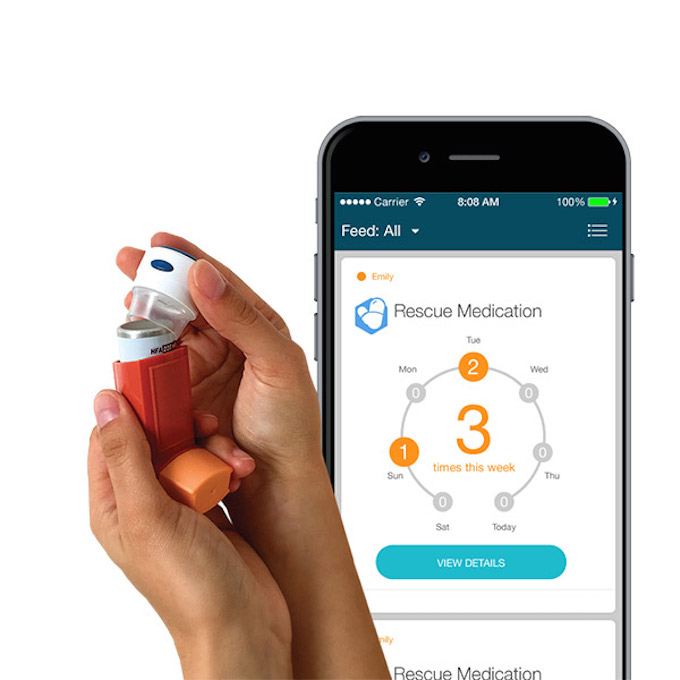
Medication sensing inhaler correlates adherence, attacks
Propeller Health and GSK are developing of an inhaler-integrated medication sensor that will automatically collect and record usage data. The system combines sensors, mobile apps, analytics, and feedback for patients and caregivers. The companies believes that it will help doctors better understand asthma and COPD, predict attacks, and reduce hospitalizations. Information will be collected in…
-
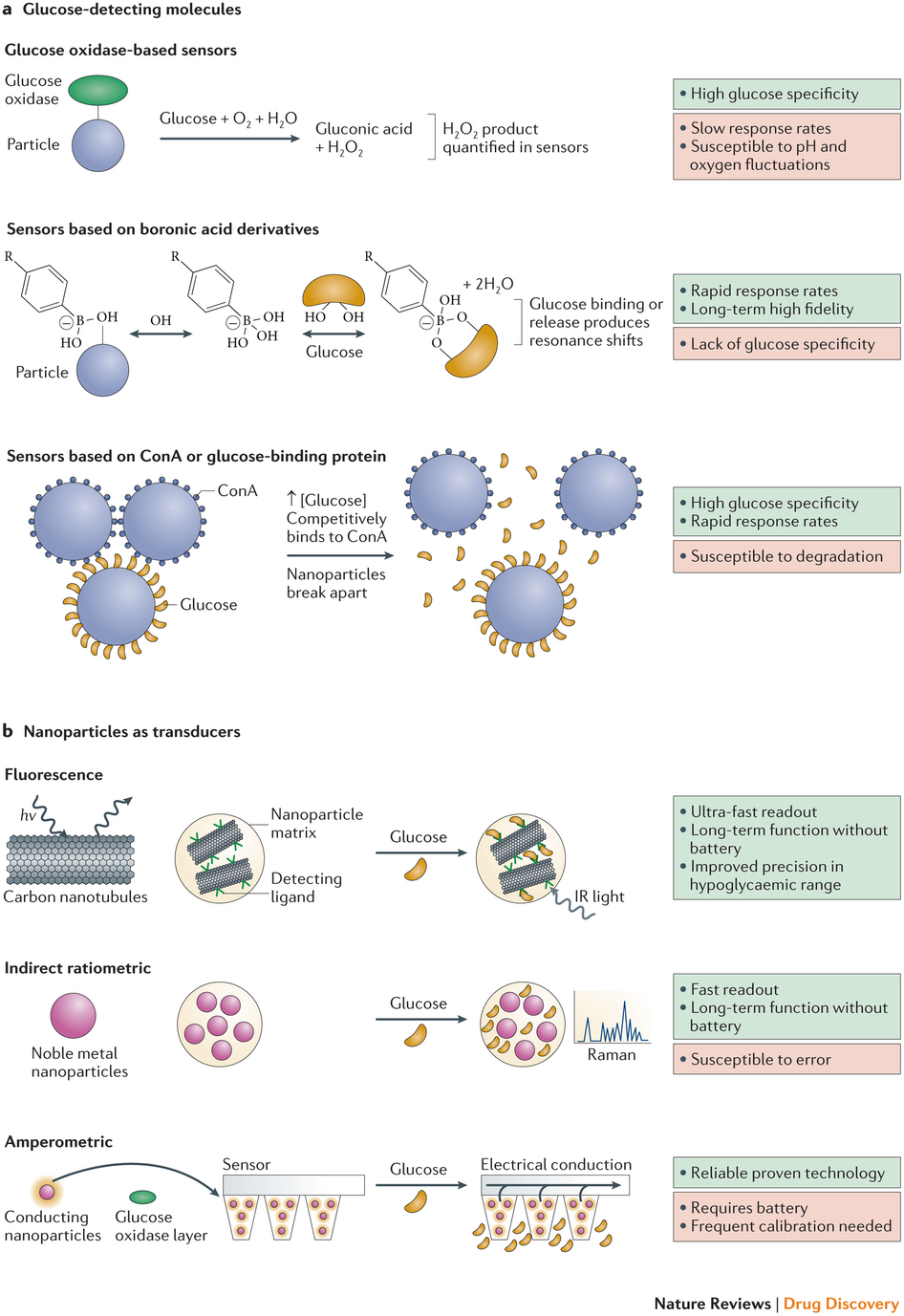
Injectable nanotech device continuously monitors glucose
Kyungsuk Yum at the University of Texas is developing an internal, nanoscale device to continuously analyze blood sugar. A near infrared optical biosensor nanotube is injected, and an optical scanner accesses data for constant monitoring . Current continuous monitoring technology for diabetes requires a tube inserted through the abdomen. This reads glucose levels in tissue, which…
-

Real-time estrogen sensor
Natalie Plank and Victoria University colleagues have developed an estrogen sensor that sends an electrical signal when it detects the hormone in liquids. The device attracts DNA pieces called aptamers, which attach to estrogen molecules, to carbon nanotubes. The nanotubes act like transistors, emitting an electric signal if estrogen molecules are present. The technology…
-
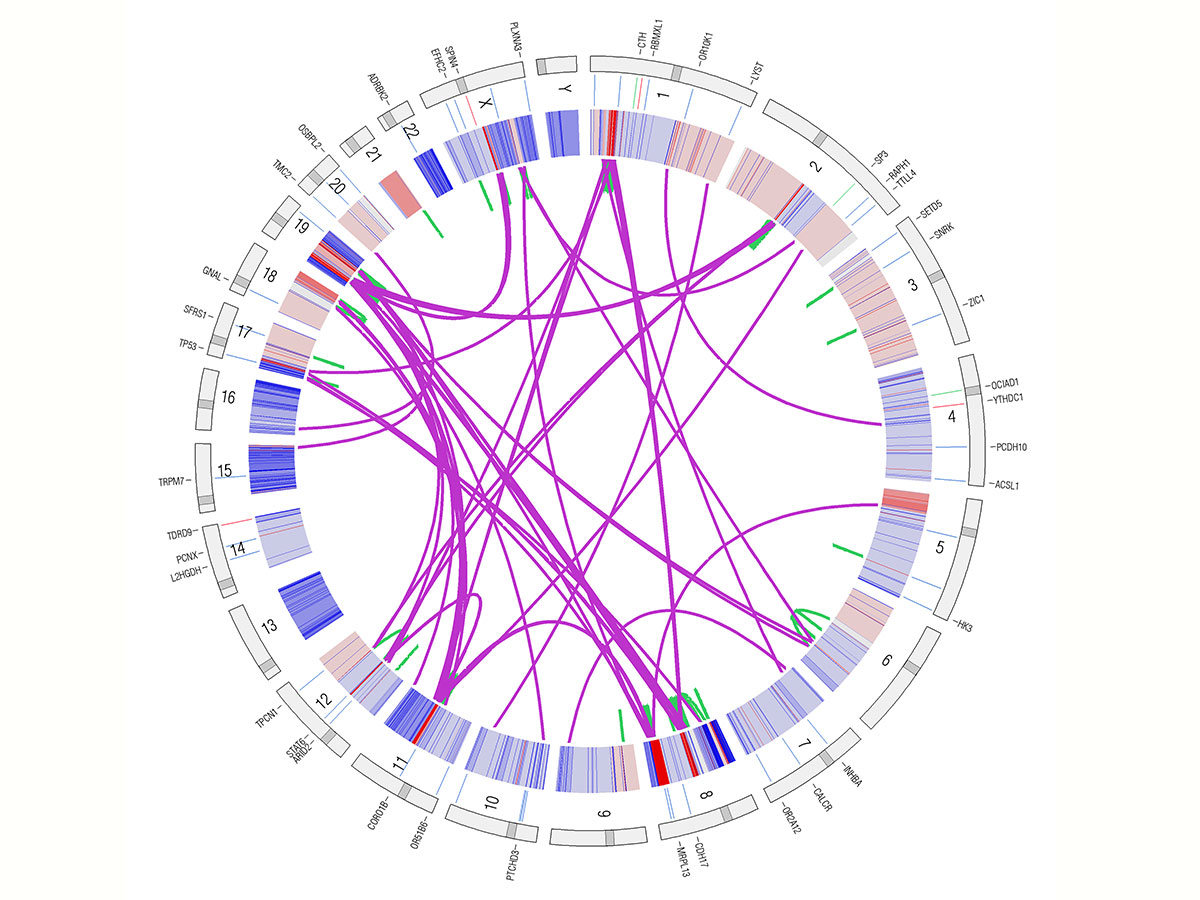
Machine learning based cancer diagnostics
Search engine giant Yandex is using its advanced machine learning capabilities to detect cancer predisposition. Yandex Data Factory has partnered with AstraZeneca to develop the RAY platform, which analyzes DNA testing results, generates a report about patient genome mutations, and provides treatment recommendations and side effect information. Testing will begin next month. The two companies have signed a cooperation…
-
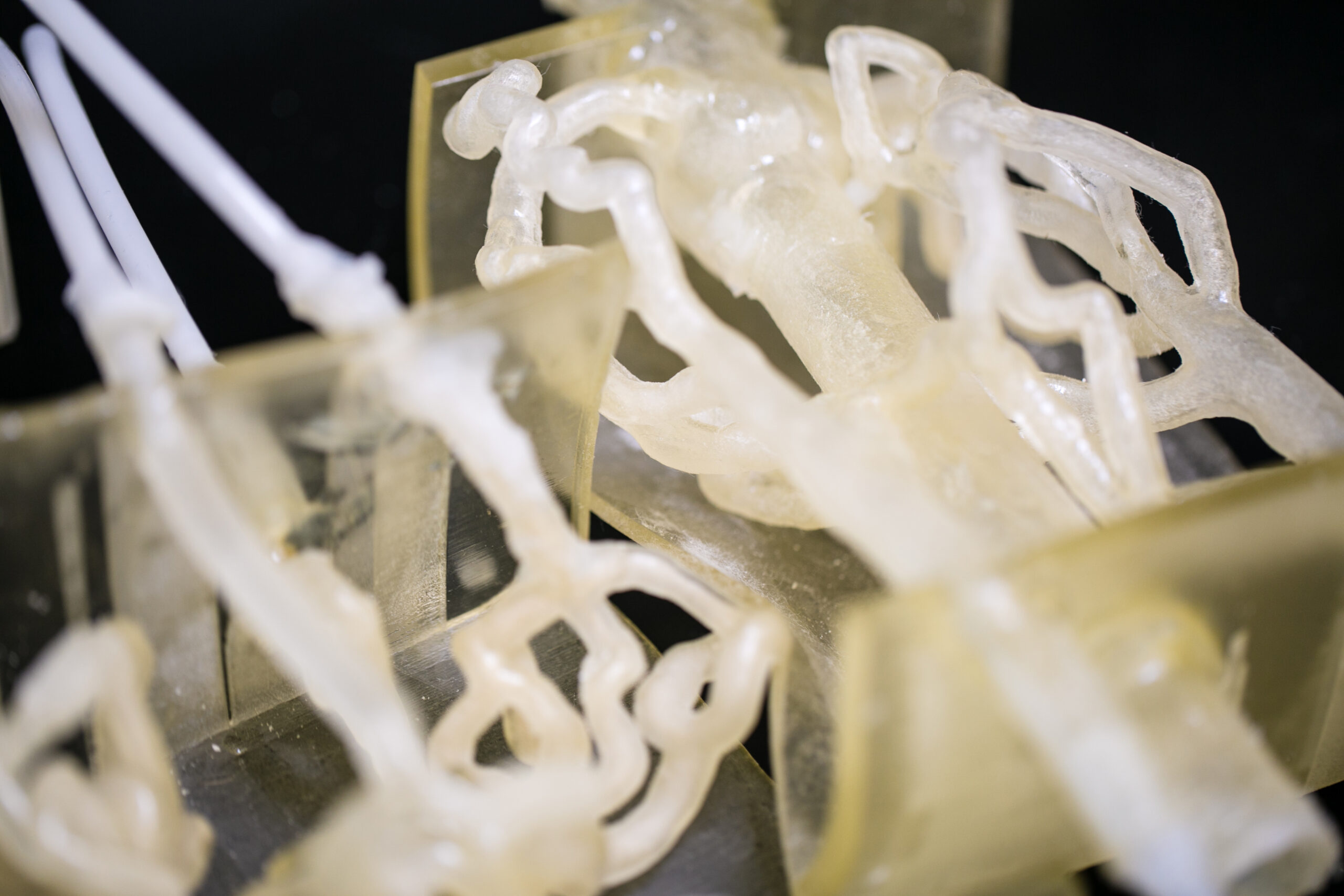
3D printed model for brain aneurysm surgery planning
Stratasys and the Jacobs Institute have used 3D printing for brain surgery planning in an effort to reduce risk. Anatomical models of a patient’s entire brain vessel anatomy were 3D printed before she underwent an aneurysm procedure. The replica, built of a polymer that mimics human tissue, allowing the surgeons to plan their approach and practice…
-
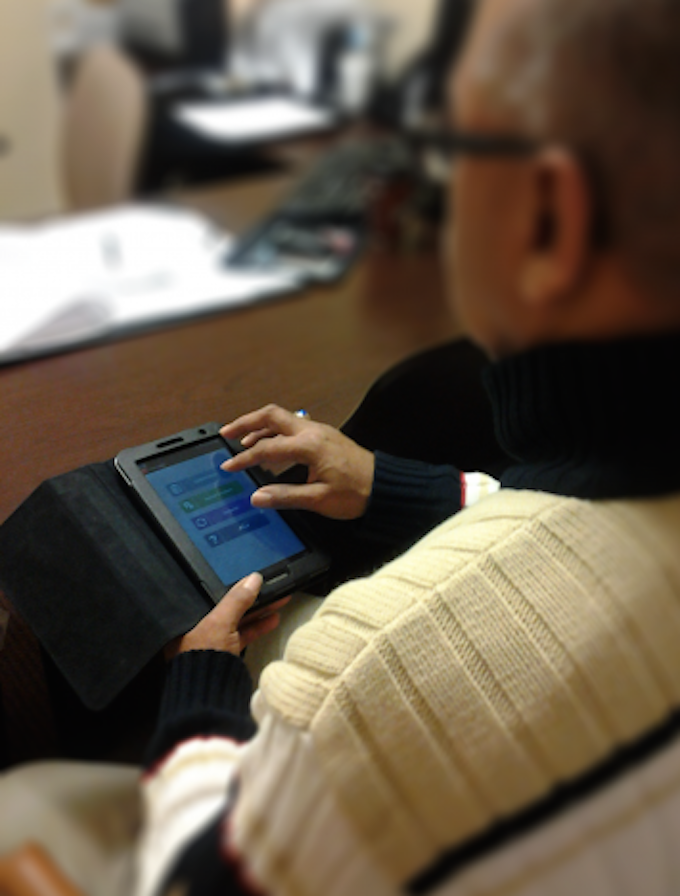
Interactive senior health and brain training app
Notre Dame’s Nitesh Chawla has created eSeniorCare, a personalized, social app to help seniors age in place. Several existing apps track data. eSeniorCare is meant to engage and stimulate seniors, and be interactive. Users can connect with carers by sending questions and concerns through text or voice recordings. Health goals are tracked and sent to supporters who…